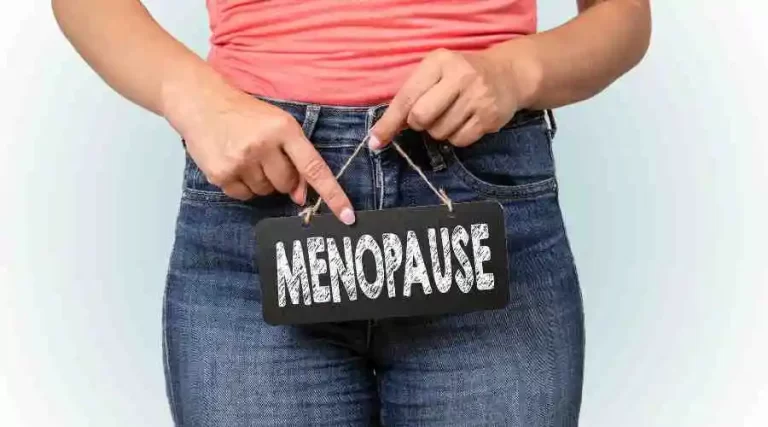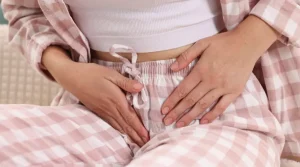The National Institutes of Health advised women to discontinue taking hormone replacement therapy after menopause more than 20 years ago. The choice was made under the presumption that replacing estrogen and progesterone increased the risk of breast cancer.
Without any clear direction from the medical community, millions of women unexpectedly stopped receiving hormone replacement therapy and were forced to suffer in silence. They were advised to layer their clothing in order to prevent hot flushes. Their doctor produced the prescription for antidepressants to treat their agitation, irritation, and depression.
Medical research has discovered that the initial studies that led doctors to discontinue hormone replacement were false twenty years later!
These days, brand-new research is coming out that demonstrates the enormous advantages of hormone replacement therapy (1).
A few examples include a 30% reduction in death from all causes and a lower incidence of diabetes, colon cancer, and osteoporotic fractures with hormone replacement therapy.
The American College of Obstetricians and Gynecologists and the North American Menopause Society, both of which I am an active member, came to the conclusion that hormone replacement therapy is relatively safe for healthy women. Check out this article >>>
For more than 20 years, I have firmly believed in the benefits of utilizing bioidentical hormones. Since I use them, I am their best advocate and have been giving my patients safe prescriptions for them.
Your spring of youth is estrogen! Here are only a few explanations as to why every woman ought to think about using them following menopause:
- Collagen is made up of hormones called estrogens. They maintain your skin elastic, supple, and firm.
- They keep your muscles toned and your bones strong.
- They are crucial for maintaining the health of your brain and improving your focus.
- They maintain a thick, moisturized vaginal wall and healthy gums.
- Lack of estrogen causes belly fat to accumulate as you age. These fat cells are converted to estrone with the aid of an enzyme called aromatase (E1). Estrone, a less potent and pro-inflammatory type of estrogen, attempts to compensate for the absence of estriol, the more powerful form of estrogen (E2).
Although a woman’s decision to use hormone replacement therapy is her own, knowledge will help her make wiser choices.






